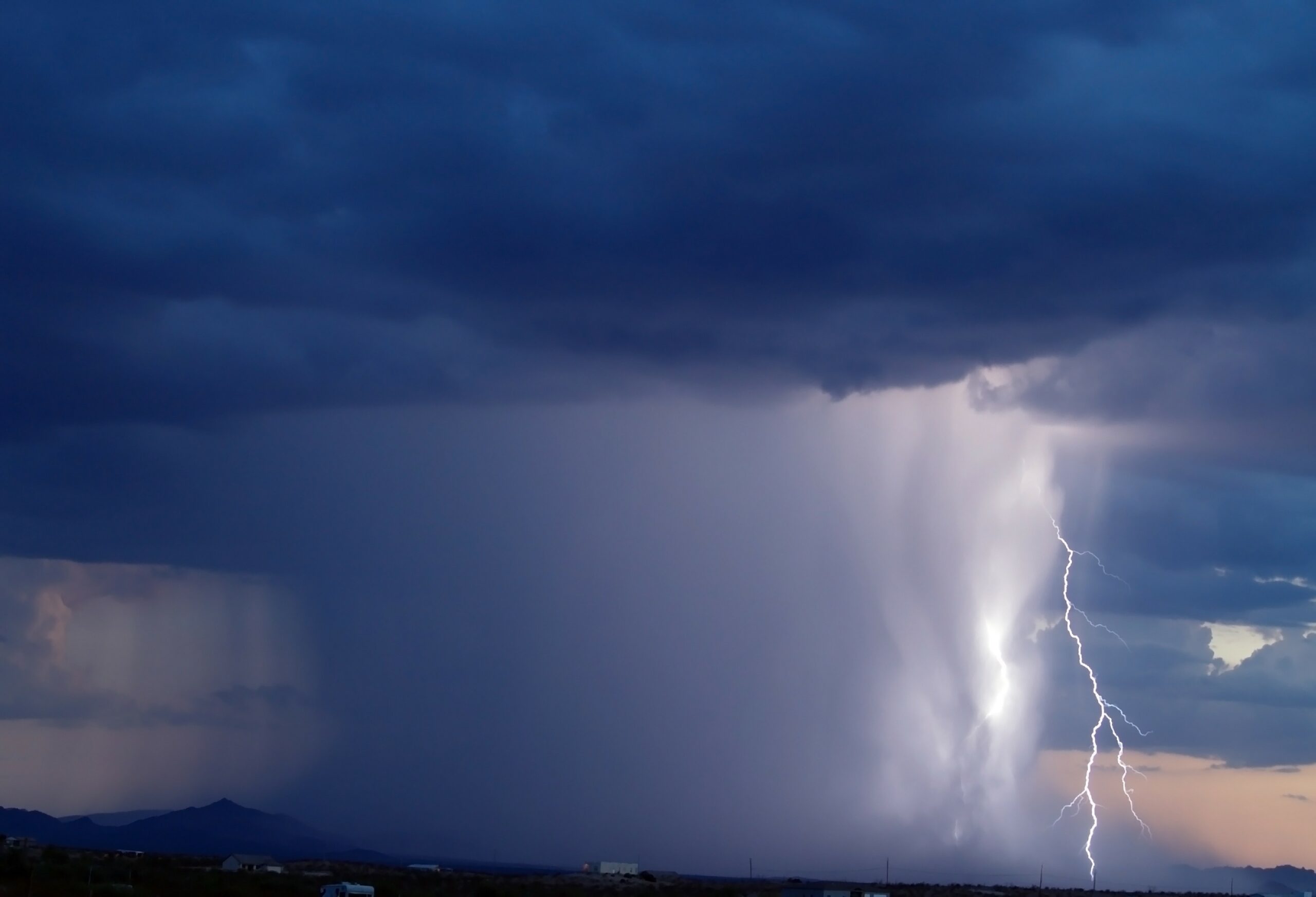
Heavy Rain, Flooding, and Chance of Severe Weather Staring Down the Southern U.S.
January 22, 2024
Posted: June 30, 2023 9:00 am





A series of heatwaves have enveloped Asia in recent weeks, putting lives at risk as the mercury continues to climb. Here is the latest on this potentially deadly situation.
India is currently dealing with a deadly heatwave responsible for the deaths of dozens of residents. The world’s most populous nation is located in a part of the world with little air conditioning in some areas. While rain brought some relief to northern India over the weekend, the heat remained cranked up across the rest of the country.
The temperature hit an astonishing 116 degrees last week in the northern state of Uttar Pradesh, home to 220 million people. The extreme heat created hundreds of heat-related illnesses as residents scrambled to keep cool. The rain over the weekend brought the temperature down into the upper 80s, providing slight relief.
The forecast is calling for more rain through the week for Uttar Pradesh, ushering in cooler weather. However, the nearby state of Bihar is expected to see the heat ramp up further. Schools in this part of the country have been closed because of the dangerous temperatures.
The heat has been blamed for at least 44 fatalities in Bihar over the last few weeks. Officials caution that this number could be higher because it is difficult to determine how many deaths have happened as a result of heatstroke or natural causes.
According to the Indian Meteorological Department (IMD), the mercury will come down slightly in the coming days. However, climatologists continue to warn that the impacts of climate change will influence temperatures to inch up higher and higher each year, making it challenging for less developed portions of the continent to deal with the heat.
Experts are sounding the alarm that the country’s health network will need to adapt to provide appropriate and timely treatment as temperatures reach limits that make it more challenging to survive and adapt.
This is the time of the year that India typically sees its warmest temperatures. The weather tends to cool off slightly in July when the monsoon season arrives.

However, the 2023 summer season got started early with temperatures eclipsing 104 degrees in New Delhi for seven straight days in April. This immense heat damaged crops, strained the region’s energy grid, and forced the closure of many schools.
The Intergovernmental Panel on Climate Change (IPCC) has previously detailed that India is not equipped to tackle the climate crisis, putting about 1.4 billion people at risk. The increased prevalence of heatwaves throughout India are expected to put more strain on the nation’s economy, public health networks, and agricultural interests.
Local government officials have put in new procedures to mitigate the influence of the climbing temperatures. These measures include raising awareness in the public about the dangers of extreme heat and changing the regular working hours for outdoor jobs.
While the northern tier of India has been grappling with the relentless heat, the Assam state in the eastern portion of the country has been dealing with heavy rain, flooding, and landslides triggered by the front end of monsoon season.
Almost half a million people have been impacted by this torrential rain that has wreaked havoc on everyday life. The rain came just one week after a tropical cyclone slammed into the west coast of India.
India is not the only country in Asia under the gun for dangerous heat. The mercury in northeast China is forecast to climb this week with the readings settling slightly over 100 degrees in many parts of the region.
Beijing issued its highest level of a heat alert last week, warning residents to exercise extreme caution. The capital city recorded a reading of 105.8 degrees last week, breaking the record for the hottest day in the month of June.
Pakistan’s capital city of Islamabad also experienced widespread readings over the century mark in recent days. Like India, heavy rain helped to provide some relief temporarily before the temperatures began to climb again.
Did you find this content useful? Feel free to bookmark or to post to your timeline for reference later.

January 21, 2024

January 19, 2024

January 18, 2024